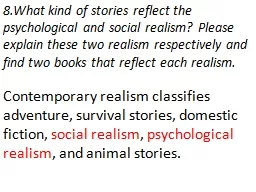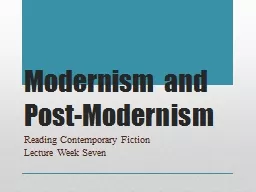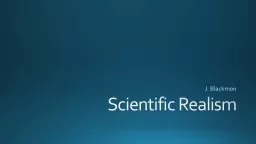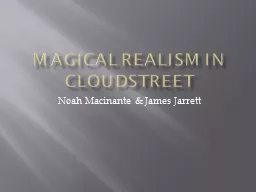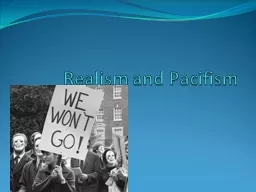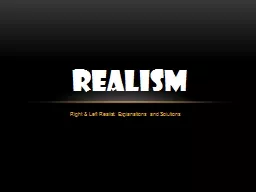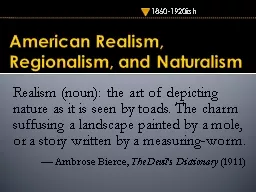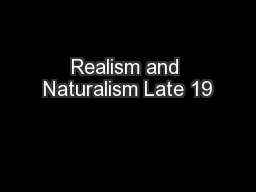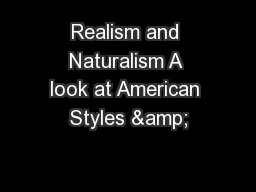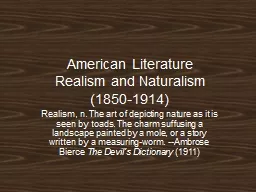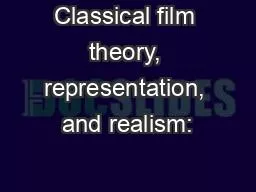PPT-Dummett about realism and anti-realism
Author : yoshiko-marsland | Published Date : 2017-10-03
httpswwwscribdcomdocument1429716981982RealismMichaelDummett Realism concerning X construed as a semantical thesis it is a certain interpretation of a class of statements
Presentation Embed Code
Download Presentation
Download Presentation The PPT/PDF document "Dummett about realism and anti-realism" is the property of its rightful owner. Permission is granted to download and print the materials on this website for personal, non-commercial use only, and to display it on your personal computer provided you do not modify the materials and that you retain all copyright notices contained in the materials. By downloading content from our website, you accept the terms of this agreement.
Dummett about realism and anti-realism: Transcript
Download Rules Of Document
"Dummett about realism and anti-realism"The content belongs to its owner. You may download and print it for personal use, without modification, and keep all copyright notices. By downloading, you agree to these terms.
Related Documents


